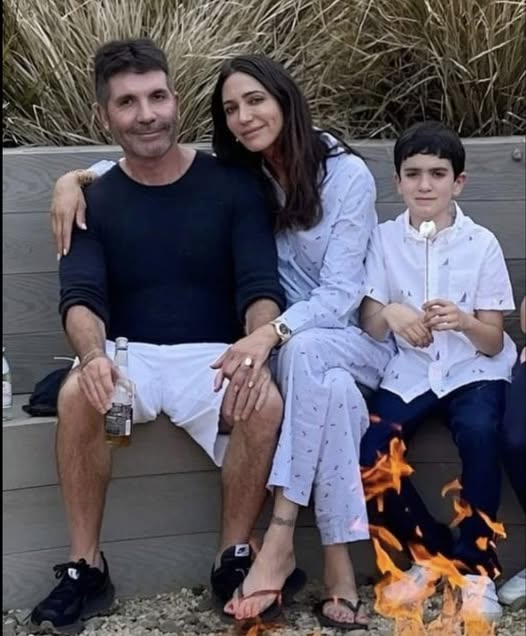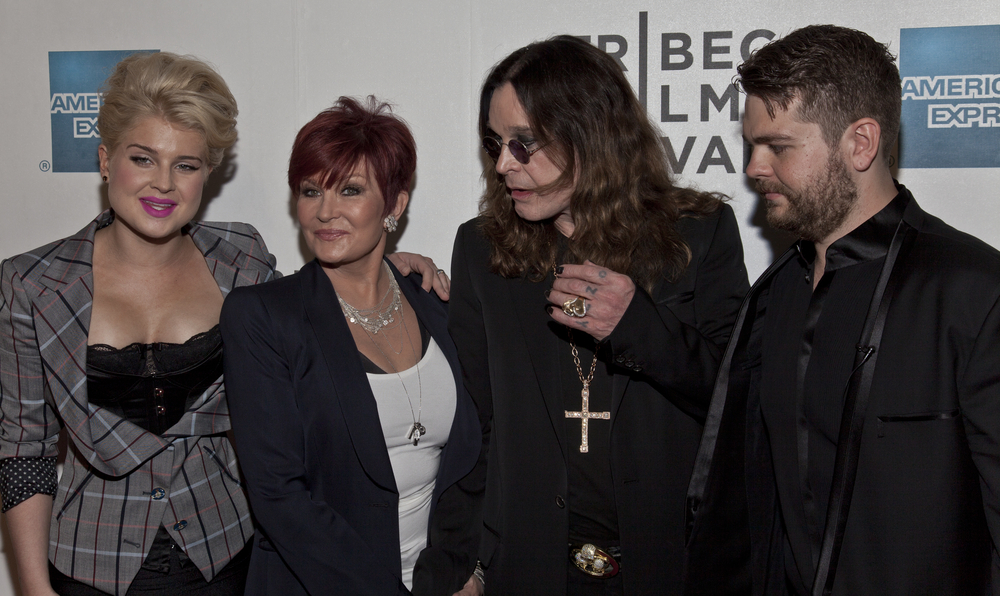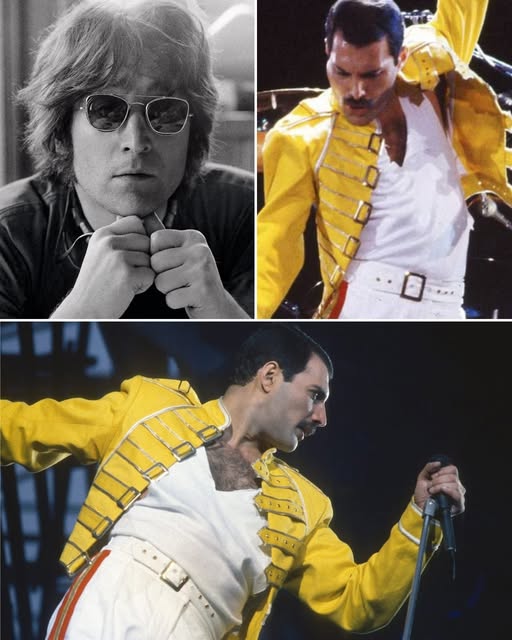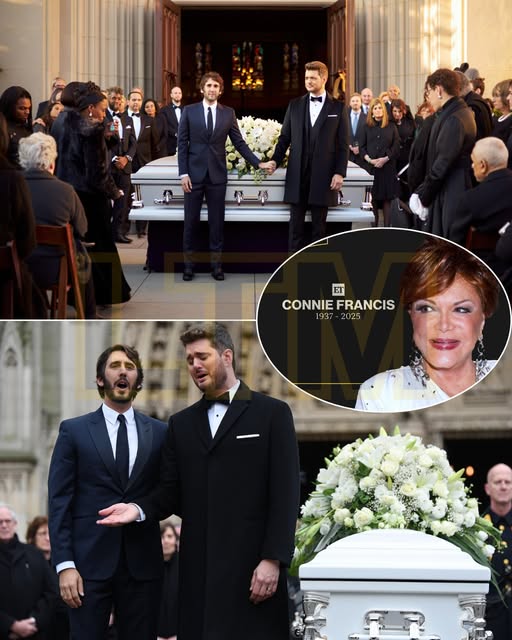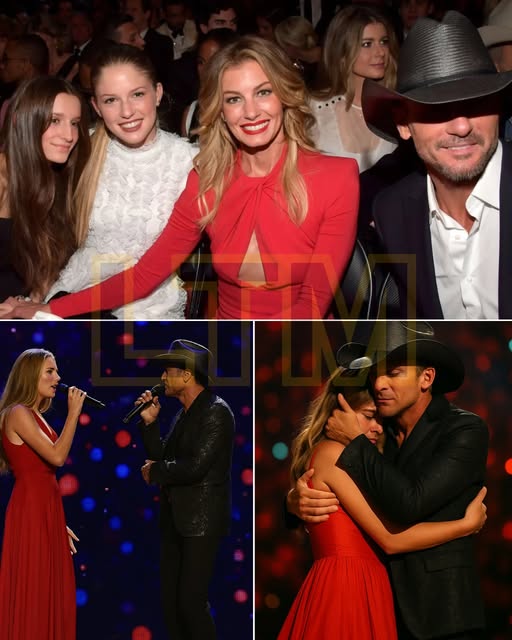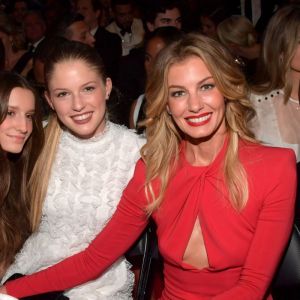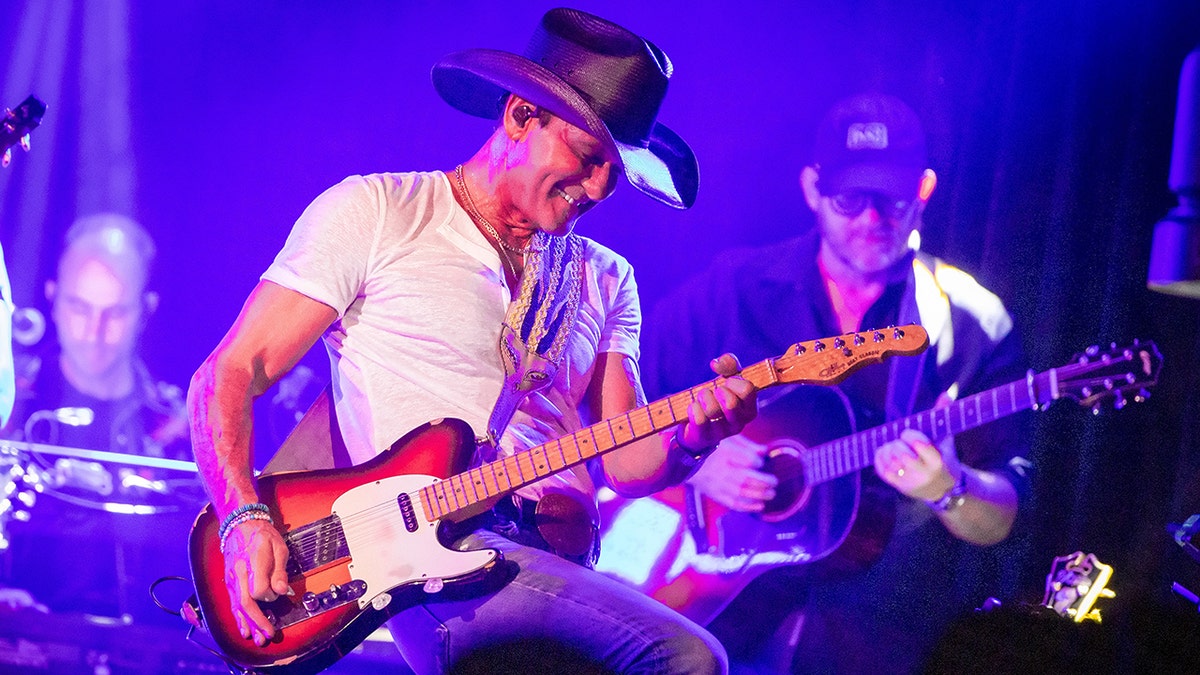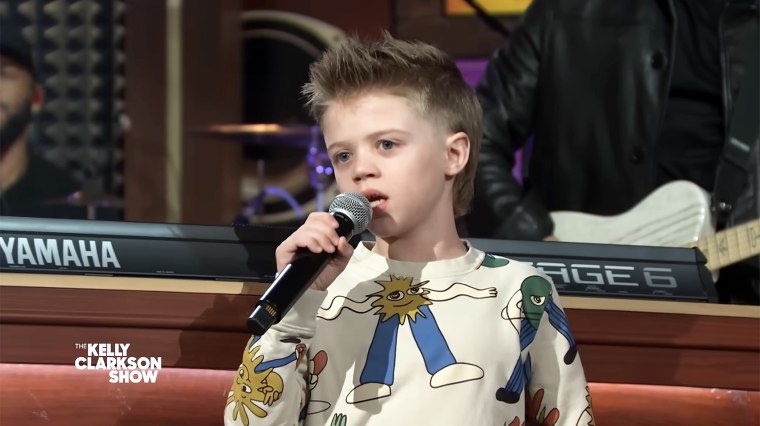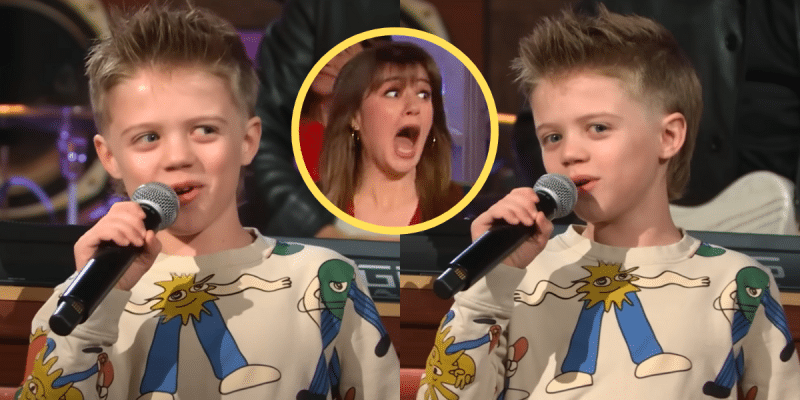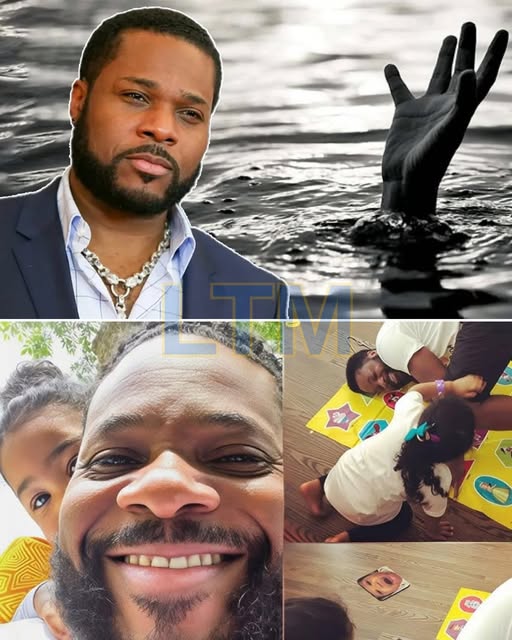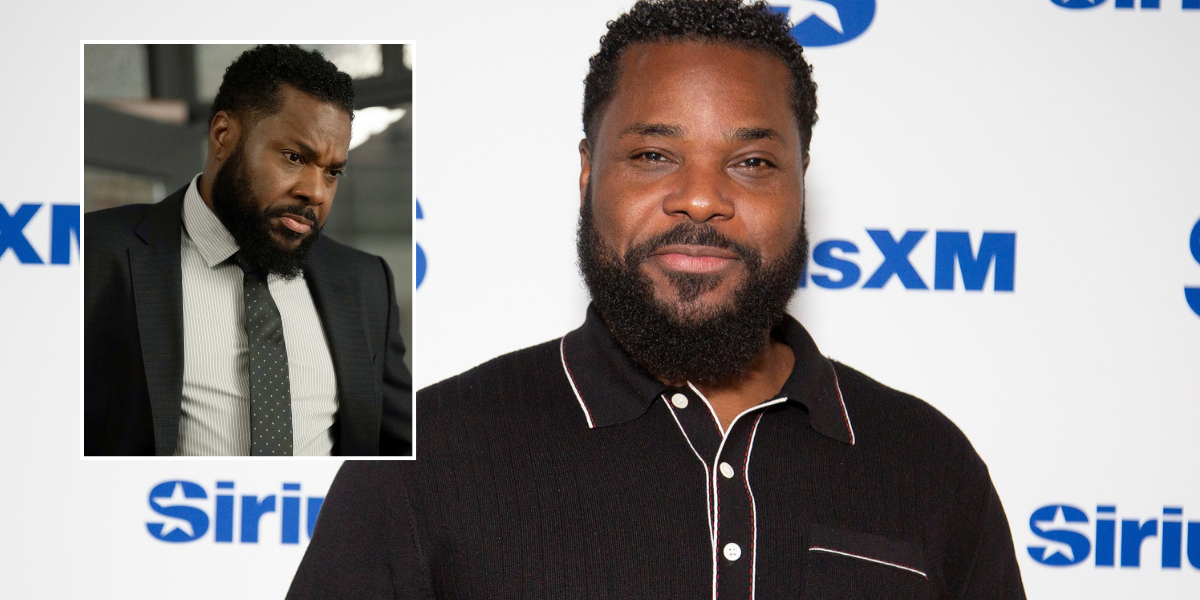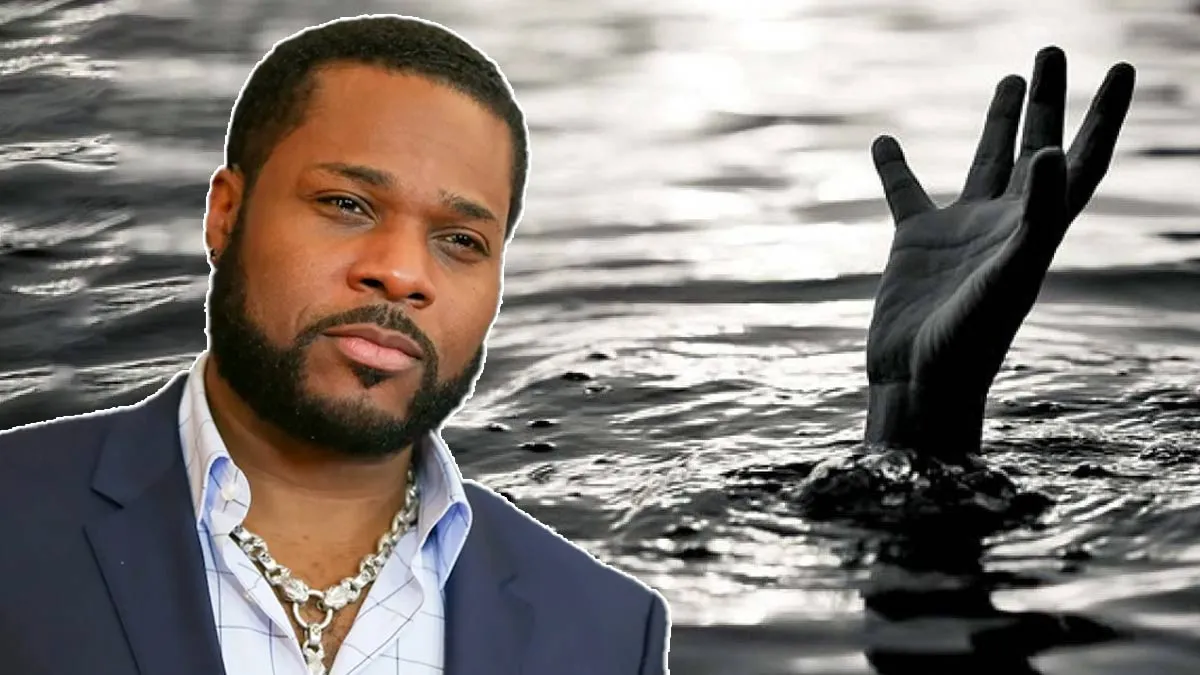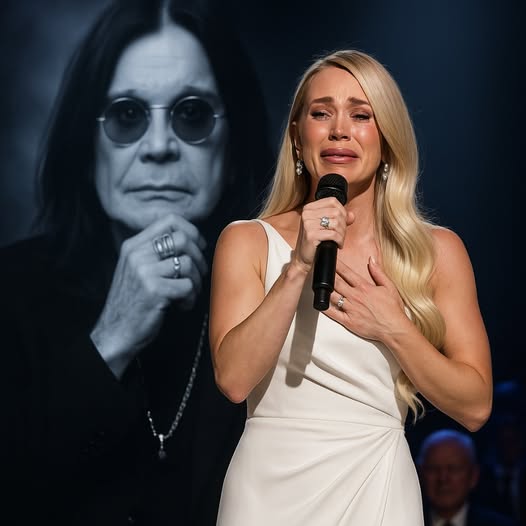Simon Cowell went from an unknown record company worker to one of the most influential people in show business. The British producer and TV star has created a huge empire for himself and has been the star judge on several talent shows. The talent shows brought Simon a different kind of audience, and his unique, often brutally honest approach has proven rather popular.
Maybe that’s one of the reasons why he’s made so much money, and we’re talking a lot of money. In fact, Simon Cowell’s been paid millions and millions of dollars over the years, with new reports highlighting just how much he made per season of American Idol
Simon Cowell got his own job in music after he dropped out of school. His father was able to hire him as an assistant at record label EMI, where his responsibilities were to find new talent and develop artists. As he moved up the ladder at EMI, he went on to start two music labels of his own, though these didn’t achieve any level of success. He moved back home to live with his parents; something that could’ve broken anyone. For Simon Cowell, though, it was a “relief”.
“Everything went – my house, my Porsche, all the things I thought were important,” he explained. “I had nice food every night at home. I was quite happy, really.”
Cowell started over and founded S Records Label, to which he signed boybands like 5ive and Westlife. He also signed artist Jerome, who recorded the Righteous Brothers’ hit Unchained Melody in 1995. It turned out to be a top-selling single. However, it was through talent shows that Simon himself would rise to fame.
“My talent is for creating things the public will like,” he explained. “I’m interested only in making money, for myself and the people I work for. I mean, that’s absolutely the only criterion I attach.”
In 2001, the world of entertainment would witness the birth of a new entity. Together with Spice Girls manager Simon Fuller, Simon Cowell created the program Pop Idol, on which he starred as a judge. The show became a smash hit among the viewers, and Simon became a mega-celebrity overnight.
Simon Cowell
His tight T-shirt and now classic catchphrase, “I don’t mean to be rude but,” became a trademark. Just one year later, Fox picked up the show. Now it was headed for the US, and Simon had all of a sudden become a celebrity across the Atlantic.
The first season finale – which Kelly Clarkson won – attracted more than 26 million viewers, and Simon quickly understood that there was a huge amount of money to be made here. He decided to release special American Idol-themed records, with Simon Fuller owning and being in charge of the show, as well as managing the winners.
Simon was transformed into a multi-millionaire in just a couple of years. The talent shows, including X Factor and America’s Got Talent, generated huge amounts of money for him, as well as other record companies, and in 2006, he landed a new deal.
Cowell remained a judge on American Idol for another five years – and this made him a great amount of money.
Simon Cowell, Paula Abdul, and Randy Jackson were the three judges when American Idol premiered. It started out as an interesting project, but it quickly grew to be one of the most popular shows on television, changing many people’s lives and giving the audience world-class artists.
Simon Cowell – net worth, salary on ‘The X Factor’
Two of the most notable winners over the years have been Carrie Underwood and Kelly Clarkson and in the future, many more will surely come. Simon stayed on the show for a total of nine seasons. He also created The X Factor for both the US and UK and founded the production companies Syco TV, Syco Film, and Syco Music.
Cowell was the judge on both The X Factor in the US and UK. At the same time, he was also a judge, as well as executive producer, on America’s Got Talent and Britain’s Got Talent.
Even though he was a judge on many shows, one thing stayed the same. His raw, almost rude, attitude was always present. But at the same time, he had no problem with getting emotional when he heard something beautiful. At the same time as Simon’s been seen laughing at funny auditions, he’s also been able to laugh all the way to the bank.
According to CNN, Simon Cowell made a staggering $36 million dollars in 2008 alone. According to Celebritynetworth.com, the media mogul earned $45 million in 2017, and the year after $41 million. In 2020, Simon Cowell bagged more than $50 million.
In total, Simon Cowell has a net worth of $600 million. He donates a portion of his money every year to different organizations. During the COVID-19 pandemic, he donated $1.5 million to Feeding America and Feeding Britain.
Simon Cowell – botox
With all this money, you can do pretty much anything you want. To that end, Cowell’s bought himself a huge Malibu mansion just outside Los Angeles, California, and has focused quite a bit on altering his appearance.
For example, the media mogul has had several injections and Botox in his face over the past few years. According to Hello Magazine, he was actually one of the first male television stars to admit to having Botox. In 2018, Cowell told the Sun he had undergone a non-surgical “sewing bioplastic-infused thread” facelift.
“There’s lots of things you can do now. You don’t just have to stuff your face with filler and Botox,” Cowell said, as quoted by Hello. “It hurts like hell but it gets rid of sun damage and unplugs all the crap.” “For me now, it’s all about having clean skin. If you have clean skin, you look better. But you have to be very careful with some of this stuff.”
Cowell added that his using of Botox actually “added 10 years” to his television career, which has been majorly successful. However, he admits that he probably went a little bit too far.
“Hopefully, I look better now — I probably did have a little too much Botox a couple of years ago because everyone on TV has it,” he said. “Now I have facials, but nothing too extravagant at the moment. I have a girl who comes here and does a great face massage — it’s very relaxing. I also had a sheep placenta facial once, which was quite out there.”
In more recent times, though he’s still working hard with several of his businesses, Simon has become a family man as well.
In 2013, he and his girlfriend, Lauren Silverman, announced that they were expecting their first child. On Valentine’s Day of 2014, they welcomed their son, Eric
“Meeting Lauren and becoming a dad was the most fantastic thing to happen in my life,” Cowell, then 54 years old, said.
Simon Cowell – hospital visit
Cowell’s family is living their best life, but at the same time, Simon has had several problems with his health. In October 2017, he was rushed to the hospital after fainting and falling down the stairs. His representative described it as “a scary morning”, and it was later determined that the fall was due to low blood pressure.
Following the accident, he met with a doctor who told him he had to change his diet and not consume red meat, wheat, dairy, gluten or sugar.
“I’m thinking, what about alcohol? That’s all I care about,” Cowell recalled in an interview with Extra. “And he said, ‘Maybe not quite as much as you had before’.”
Simon Cowell’s undergone an incredible health journey over the last couple of years. And the result is nothing less than fantastic! In just 12 months, Simon lost 56 pounds. And the COVID-19 pandemic – and its accompanying lockdown – hasn’t given him any excuse to pile the weight on again.
“I think I have dropped, since I started this diet a year ago, 60 pounds. I’m doing a bit of cooking. I’m exercising,” he told Extra, according to Hello. “Funny enough, more during this time as well, sticking to the diet.”
In 2020, Simon was in another serious accident when he fell off his electric bike in the courtyard of his home in Malibu, California. He was taken to the hospital and underwent surgery to repair a broken back.
“I literally wouldn’t have been able to walk”
Cowell was “doing” fine following the six-hour surgery, which included the placement of a metal rod. Things really could’ve turned out way worse than they did. It forced him to miss the beginning of last season’s live show America’s Got Talent.
“Some good advice… If you buy an electric trail bike, read the manual before you ride it for the first time,” Cowell wrote on Twitter, thanking fans and friends for their “kind messages.”
Even though his message seemed calming for his fans, things weren’t really as positive as they might have been. Speaking with ExtraTV, Cowell explained that he was shocked once he saw the X-ray.
“I knew I’d broken my back the minute I landed. It was really, really kind of sudden and it hurt,” he said. “It could have been a lot worse. When I saw the X-ray, I really nearly could have smashed my spine to pieces, so I literally wouldn’t have been able to walk.”
Doctors told him that he should lie down and rest, and he knew that he wasn’t supposed to move. However, Cowell did the opposite. According to a People source, he was walking around just two days after his surgery.
“I was thinking, ‘I’ve got to get back into the house because I can’t lie there’, and made myself kind of get carried into my bedroom, which is right there at the beginning of the house, and I’m lying there and I’m kind of passing out … It was surreal,” he said.
Simon Cowell reveals his son Eric’s words after surgery
Simon Cowell was said to have been testing a new electric bike with son Eric. The hardest part for him was recovering from the accident at home, which he thought was embarrassing to do in front of his son.
“I was so embarrassed about coming home looking about 100 because I couldn’t walk, and I have these metal rods in my back and these screws,” Cowell explained. “
I said, ‘Lauren, I just don’t know how to explain it to Eric.’ She obviously said something to him because he came in, and I was lying in bed, and he said, ‘Daddy, you’re like Ironman,’ and I thought that was the sweetest thing, and it meant a lot.”
Recovering from the accident has taken some time. However, it also has shown us all that Cowell is very determined, doing all he can to get back to normal. And he’s done it in a very impressive way.
According to the Daily Mail, Simon has been walking over 40 miles each week to help with his recovery from his injury. He holds business meetings every morning, and walks for several hours each day. The music mogul sure is doing everything he can to get back to normal, and others are also impressed.
“He feels fitter than ever before and is keeping to a normal routine rather than being on the phone until into the early hours of the morning,” the source said.
Simon Cowell son
Through building his empire, Simon has earned himself a multimillion-dollar fortune. However, it turns out that the musician doesn’t want to share the money with his child. It’s essential to learn the importance of money, and if you have parents with a considerable fortune, things can be expected to be easier, right?
But over the years, we have seen celebrities declare that their children will not inherit a penny of their fortune. Simon Cowell is one of these – because he genuinely believes his children should create their own fortune.
“I’m going to leave my money to somebody. A charity, probably — kids and dogs. I don’t believe in passing on from one generation to another,” Simon told The Mirror and added:
“Your legacy has to be that hopefully you gave enough people an opportunity, so that they could do well, and you gave them your time, taught them what you know.”
Today, Simon Cowell has only one child – 10-year-old Eric. When Simon Cowell met Eric’s mother, Lauren Silverman, she was married to one of Cowell’s close friends, Andrew Silverman. In 2013, news broke that the couple were expecting their first child together. Lauren was still married to Andrew but by the end of the year, they divorced.
“It is not something I am proud of”
On Valentine’s Day, 2014, Eric was born, and while Cowell was overjoyed to become a father, he struggled with it initially. Simon, who never expected to be a father, wasn’t proud of his affair.
“It is not something I am proud of or wanted to happen in terms of hurting anyone. It just happened,” he said.
But today, he couldn’t be happier. In many ways, the father-son-duo is very alike. According to Simon, they appreciate the same things – Scooby Doo, Disney movies, and laughing at the dogs.
”He’s the most amazing thing that ever happened to me. I adore him,” America’s Got Talent judge said.
Eric is named after Cowell’s late father, Eric Selig Phillip Cowell, who died in 1999. Recently, Simon also praised his son for making him stop getting fillers and injections in his face. It went so far that Eric got scared by his father’s face.
“There was a stage where I might have gone a bit too far. I saw a picture of me from ‘before’ the other day, and didn’t recognise it as me first of all,” Simon told The Sun and continued: “Eric was in hysterics. Enough was enough. There is no filler in my face at all now. Zero.”
Simon Cowell has created himself a media empire. But also, he’s met the love of his life and had a wonderful son. He’s doing all he can to recover from his horrible injury, and hopefully, we’ll see him as a judge on television before too long.
What would you do if you had $600 million in the bank? Give us your thoughts in the comment section. Meanwhile, share this article with friends and family on Facebook if you enjoy watching Simon Cowell on television!
